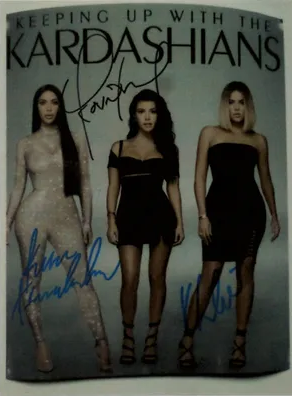In the world of collectible memorabilia, trust is the fragile glue that holds everything together—much like a vintage baseball card that turns to dust with a single misstep. Collectors invest their hard-earned money in relics of greatness, believing the signatures on their acquisitions are genuine imprints left by legends. They trust that the seller isn’t a cunning charlatan spinning tales sharper than any blade. For a significant stretch of the early 21st century, Anthony J. Tremayne embodied the deceit that lurks behind this façade of trust.
Operating from sunny California, Tremayne orchestrated an elaborate mail fraud scheme from 2010 to 2019 that fooled just about everyone, from rookie collectors to seasoned aficionados. His specialty was the creation and sale of fake autographs, wrapped in believable certificates of authenticity and seated snugly within professional-looking online listings that could easily dupe even the savviest collectors.
Tremayne didn’t simply scribble false signatures on sports equipment like a bored doodler on a napkin. No, he went all in, creating a veritable Pandora’s box of phony memorabilia. His repertoire included replica Stanley Cups, presumably autographed boxing gloves, and even Hall of Fame jackets—items that sported a veneer of legitimacy so polished it could reflect a potential buyer’s eager eyes back at them. Each artifact came complete with realistic documentation that aped the formats and logos of genuine third-party authenticators, making even cynics squint in concentration.
As the dust settled and the investigative fog lifted, authorities estimated that Tremayne had duped buyers out of nearly $250,000. Investigators shuttered at the thought of how his plan, if left unchecked, might have snowballed into a half-million-dollar myth of monumental proportions. Eventually, his cleverly crafted empire crumbled after an undercover FBI agent, playing the role of an unwitting enthusiast, became a crucial piece in the law enforcement puzzle. The agent bought a Kardashian-signed photo for $200—a transaction as subtle as a thunderclap that jumpstarted a more extensive inquiry into Tremayne’s fraudulent universe.
Though a slew of potential charges hovered like vultures ready to swoop, Tremayne ultimately confessed to a single count, muting the legal clamor to just one harmonic note. His sentencing is slated for August 2025, and Tremayne could face up to 20 dismal years behind bars—a sobering prospect for any would-be swindler.
This sordid tale unfolds broader lessons for the memorably insatiable collecting community. Like shattering glass, it exposes more than one man’s clandestine con; it’s a reverberating caution ringing with unprecedented clarity. With the modern memorabilia market mushrooming rapidly, the shadows of deceit stretch longer. As forgeries grow increasingly sophisticated and certificates of authenticity become fixtures of persuasion rather than protection, collectors find themselves in a crucible—one that even the most discerning of them must navigate with newly sharpened skepticism.
There’s a bittersweet truth here: in their passionate pursuit, collectors often let enthusiasm eclipse their critical gaze. That perfect piece at a deliciously enticing price? It injects excitement that convinces even seasoned skeptics to tuck away caution where the sun doesn’t shine. That’s precisely the vulnerability Tremayne exploited with meticulous precision, like a watchmaker timing his minute crafts.
Today’s collectors face an unsettling horizon. Vigilance has never been more valuable. They are encouraged to transact with reputable auction houses and dealers, entities whose names carry the weight of integrity. For those persistent souls daring to forage independently, third-party verification and validation of a seller’s claims by top-tier authentication firms remain invaluable lifelines. And if intuition hints at deceit, even faintly, the smart move is often to step back, admire from afar, and await a clearer path.
Though Tremayne’s duplicitous scheme has been dismantled piece by fraudulent piece, the void leaves a vacancy that others—drawn to deception like moths to a flame—will attempt to occupy. Scandals of this provenance don’t just deplete wallets; they pierce through the heart of confidence and quash the joy that drives collectors’ pursuits. The best defense lies in wielding a sharper eye, cultivating cautious patience, and remembering that sometimes, walking away is the ultimate protection against illusions.
